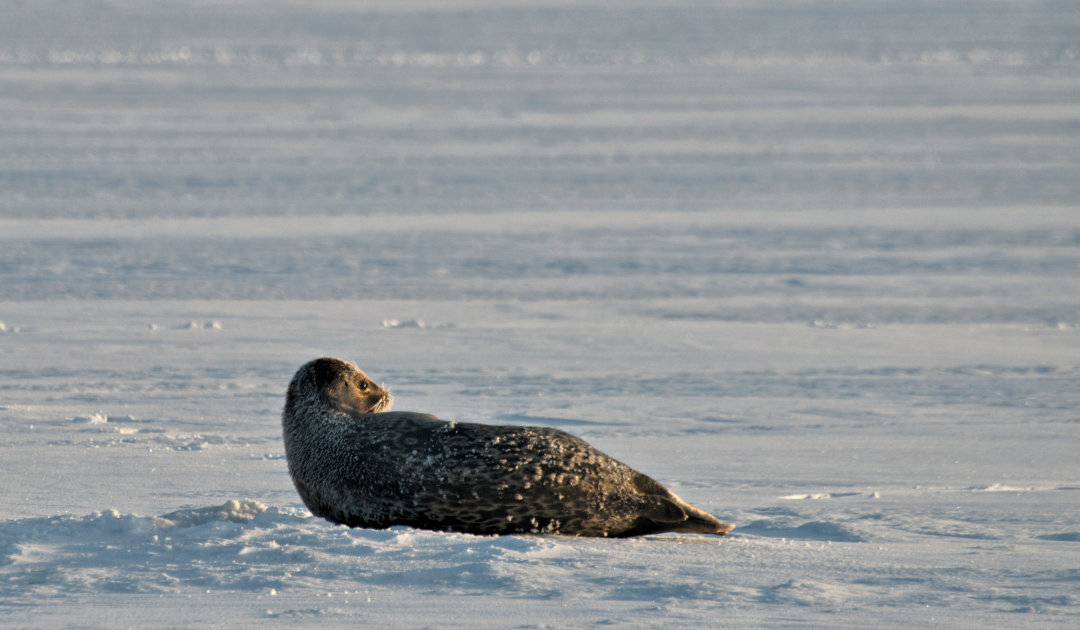
Seals are something of the secret stars among visitors to the Arctic. There is hardly anyone who is not fascinated by the dark googly eyes of a ringed seal, the mating habits of a hooded seal or the sight of a small harp seal with its white fur. Those marine mammals also cause joy among the inhabitants of the Arctic, but for a different reason. For seals are an important part of the diet, clothing and in general the culture of the Inuit. A national summit on seals was held over two days to discuss the significance and importance of these marine mammals to the regional population.
At the end of the two-day summit of inuit organizations, marine mammal experts, fisheries representatives and government officials, the Ottawa government issued a statement reaffirming its intention to study seals more and learn more about the populations of the various species and their impact on aquatic systems, fill data gaps and also study liefestyles. “The Seal Summit deepened our understanding of the opportunities and challenges associated with seals, an abundant, sustainable natural resource,” said the Minister for Fisheries, Oceans and Coast Guard Joyce Murray in a press release at the conclusion of the summit. To this end, projects will be funded in the coming years to learn more about seals and their ways of life in the Canadian Arctic.

At first glance, the call for such projects seems to be for better protection of animals, which are severely affected by climate change in the Arctic, as well as noise and pollution. But the Canadian government also has another intention with the projects, which is to better and even more sustainably manage seals as a natural resource for the indigenous people of the Canadian Arctic, and to help make seal products that come from local hunting and hand-crafting better known not only in the domestic market, but around the world. “Our government is committed to working with Indigenous partners and industry to maintain the existing markets for Canadian seal products and support innovation in developing new products and markets at home, and around the world,” the press release continues. To this end, studies and research will also be carried out to identify new markets and strategies and, in the end, allow the population in the far north to be able to use their products more as a commercial product again.

Seals and their hunting are considered by the Ottawa government to be an important part of the Arctic people’s way of life. In fact, seals provide a significant component of the meat supply, especially in the smaller communities. Because there imported food is expensive and at the same time incomes are small. Hunting therefore not only plays a cultural role, but is an integral part of life. The processing of skins and bones into clothing, jewelry and items for daily use is also such a component and was also an important source of income in the structurally weak regions until a large-scale campaign against seal hunting was waged, particularly in Europe. In the end, the EU’s ban on seal product imports caused the industry to collapse. Even the assurances of the producers that their hunting had become more sustainable and that specifications and controls would be implemented did not lift the ban. The images of the campaigns led by organizations such as Greenpeace, with slain baby seals and carcasses covered in blood, were too strong in people’s memories. Even Greenpeace’s later admission that they had not been more discriminating in their campaign and had equated commercial sealing with subsistence hunting of indigenous people, and that this had been a huge mistake, did not change anything in the attitude. That is why the Canadian government now wants to support the efforts of the Inuit and show that sustainability is also possible in the use of seals as a resource.
Dr Michael Wenger, PolarJournal
More on the topic





